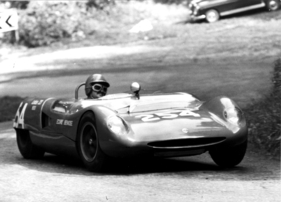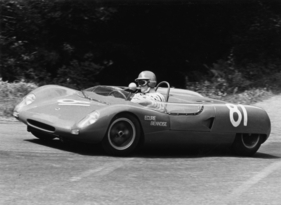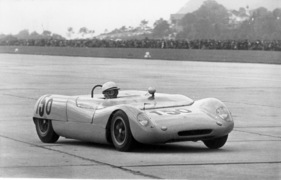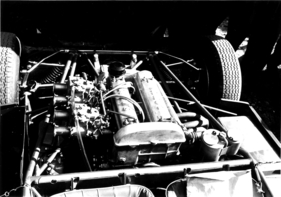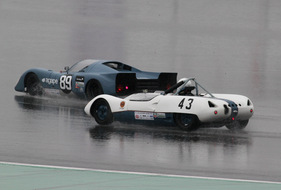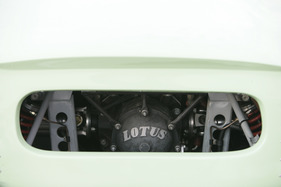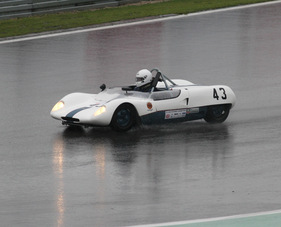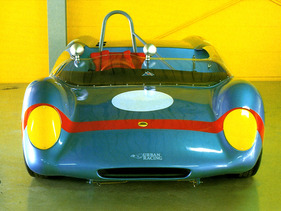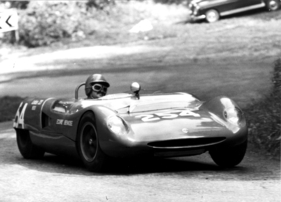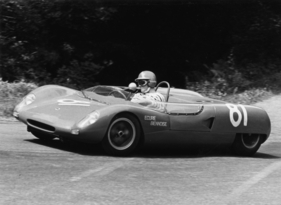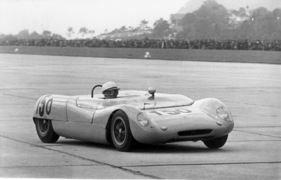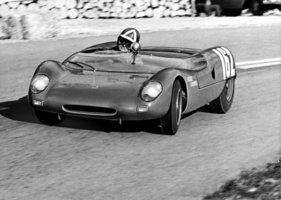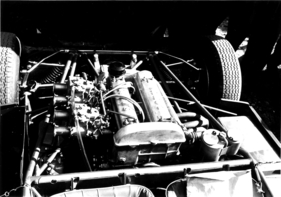The unforgettable Lotus 23 - mid-engined sports car with almost no competition
Summary
The creation of the G-Class was the answer to the ever-increasing dominance of works teams in Formula Junior, which was created in 1959 for racing debutants. The Lotus 23 left its mark on the races in this G-Class. Equipped with a mid-engine and a modern chassis, the Lotus 23 hardly knew any opponents. This report summarizes its history and shows the sports car in many historical illustrations, some of which are rarely shown.
This article contains the following chapters
- Teething troubles and impressive performances
- Different engine variants
- New engine for the 1963 season
- In production until 1966
Estimated reading time: 4min
Preview (beginning of the article)
The creation of the G-Class was the answer to the ever-increasing dominance of works teams in Formula Junior, which was created in 1959 for racing debutants. The Lotus 23 left its mark on the races in this G-Class. Formula Junior was created in 1959 on the initiative of Count Giovanni Lurani. All mechanical parts of the racing cars had to be the same as those of large production cars, and the cylinder capacity was limited to 1,100 cm3. This was a car for beginners in motor racing. Almost anyone could afford it. It was seen as a stepping stone to the "real" racing cars. This remained the case for a few years until factories started to get involved. This meant that home-builders soon no longer had a chance. The initial 50 hp quickly became 100 hp; a few drivers shared in the big prizes and the rest of the field saw themselves demoted to extras.
Continue reading this article for free?
Photos of this article


